Warning: Undefined variable $k in /home/nginx/domains/wired2fishcom.bigscoots-staging.com/public/wp-content/themes/understrap-child-0.6.0/functions.php on line 984
Warning: Undefined variable $k in /home/nginx/domains/wired2fishcom.bigscoots-staging.com/public/wp-content/themes/understrap-child-0.6.0/functions.php on line 987
We have assembled our list of the best fishing knots that we have tested and proven to be the most versatile for bass fishing. The illustrations offer multiple options for joining lines, creating loops on lures, snelling, or just getting stronger connections and quick solid knots on any size line you might choose to fish. We’ve illustrated how to tie each fishing knot, and included videos to make it easy to view on your phone while out fishing and practicing tying knots.
Fishing line isn’t magic, no matter what any commercial tells you. It wears out, it builds up friction, it gets nicked, scraped, scratched, cut, stretched and everything else. So retying is important. Tying a good knot to begin with, however, is more important.
So it’s important to not only know the fundamentals of good knot tying, but also a series of good knots that serve specific purposes and secure your bait or hook to your line in a manner that can withstand the abuse of not only the fish but the surrounding environment whether that be rocks, wood, metal or thick grass.
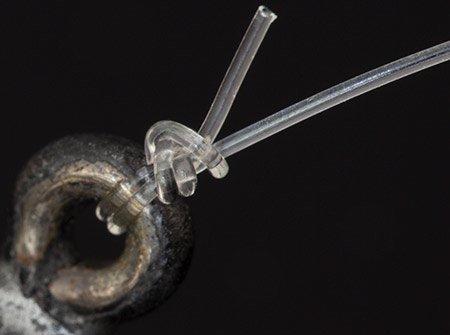
What Makes a Stronger Fishing Knot
- Tie linearly
- Moisten your line
- Pull slowly to tighten line
- Check pull strength on main line
Keep your wraps in order
Knots are generally slip knots or jam knots, both of which feature a series of twists or wraps and a tag end generally passed through a loop or opening and pulled tight. Pulling these wraps together requires not crossing them over one another. Crossed lines are what will cause most of your knot wear and breaks.
Wetter is better
It’s fairly straight forward, but things that are lubricated slide easier than things that are dry.
Slow down
To avoid friction and wraps crossing, work the wraps down the line, slowly until they are lined up neatly next to each other. Then slowly apply pressure and cinch the knot but pulling on the tag end and mainline simultaneously until the knot feels snug.
Most avid anglers can tie a good knot in a matter of seconds, but you should always slow down on the tightening or cinching step to make sure your knot is neat and so you’re not compromising the line with too much friction.
Pull on it to make sure
Once you have the knot tied down, grab your lure or hook in one hand the and the mainline in the other hand and give it a hard pull or two or maybe a sharp tug to ensure it’s solid and ready for fishing.
What Makes the Best Fishing Knots
We’ve spent many years fishing and tying knots and conferring and collaborating with hundreds of fishing guides, professional tournament anglers and avid fishermen and learned which knots were the common go-to knots for fishing and various applications in fishing.
The best fishing knots are the ones that give you superior knot strength while resisting slipping as the tighten down. Most fishing knots are some sort of a slip knot with the rare exceptions like the palomar knot. Some knots offer speed and ease. Other knots offer the smallest knot size for joining lines and casting through guides on a rod. While still others offer the most resistance to slipping with slick lines like modern day braided fishing lines. So you can see why one knot doesn’t do everything for every fishing scenario. It takes knowing a handful of the best fishing knots to cover all your bases.
Learn to Tie the Best Fishing Knots
Click on the links below to learn to tie each of the best fishing knots individually with the help of our helpful video and illustration tutorials on each of these knots.
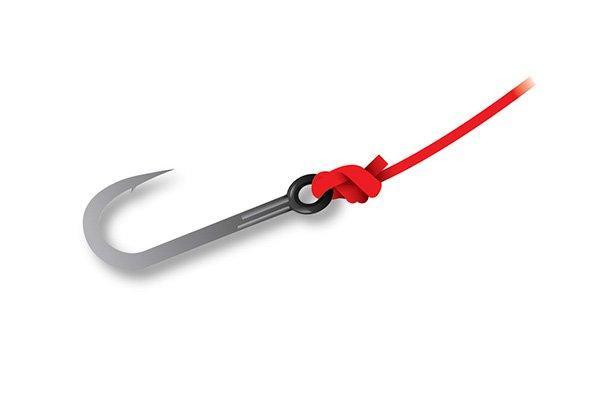
The Palomar Knot
A simple knot that doubles the line up around the line tie to give it straighter strength, but it is possible to tie this knot wrong and cut your line, so pay attention to the details in this one when using fluorocarbon that tends to bite into itself more than other fishing lines. Read how to tie the Palomar knot.
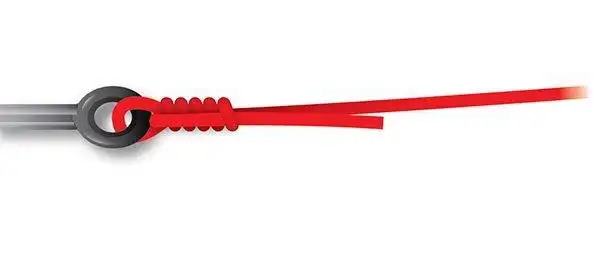
The Improved Clinch
A great and simple slip knot that works really well with smaller lines especially. One of the easiest and best knots to teach to beginners. Read how to tie the improved clinch knot.
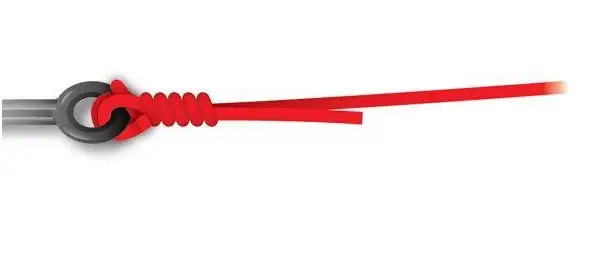
The Trilene Knot
A slightly improved version of the improved clinch, the Trilene knot has a good break strength and is also very easy to tie. Read how to tie the Trilene knot.
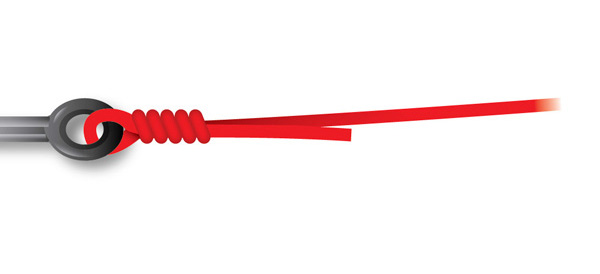
The Uni Knot
Maybe the most versatile and strong knot in all of fishing. It takes a bit of finger dexterity, but can be used to snell hooks, join lines and provide rock solid connections with the smallest and heaviest of lines equally. Read how to tie the Uni knot.
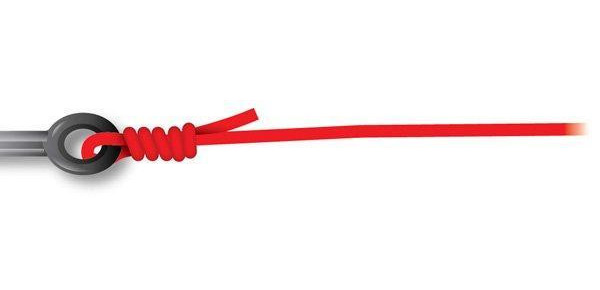
The San Diego Jam Knot
A very popular knot among professional anglers, the San Diego Jam ties fast and gives a solid connect to your lure or hook. Read how to tie the San Diego Jam knot.
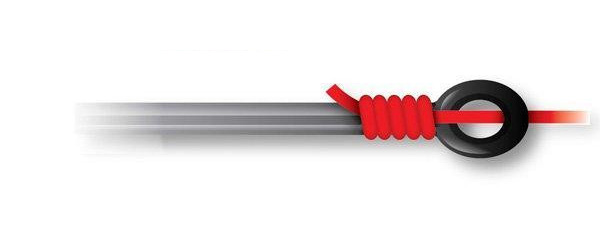
The Snell Knot
The ideal knot for flipping straight shank worm hooks into thick cover that gives the hook a pendulum effect on the hookset if tied correctly. Read how to tie the Snell knot.
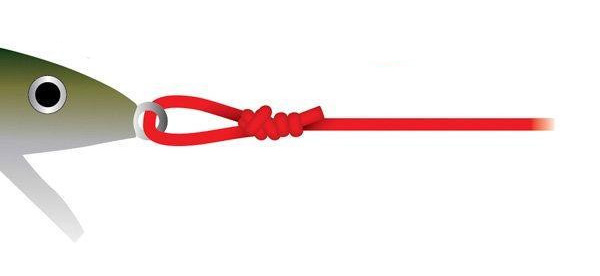
The Rapala Loop Knot
This loop knot is easy to tie, effective for topwater lures and holds better than most loop knots. Read how to tie the Rapala knot.
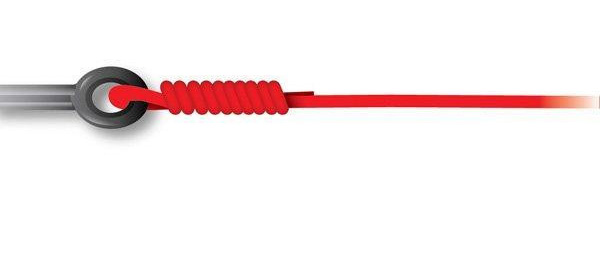
The Eugene Slip Knot
Another quick and easy knot to tie that doesn’t get quite the notoriety of the improved clinch or the Palomar. Read how to tie the Eugene slip knot.
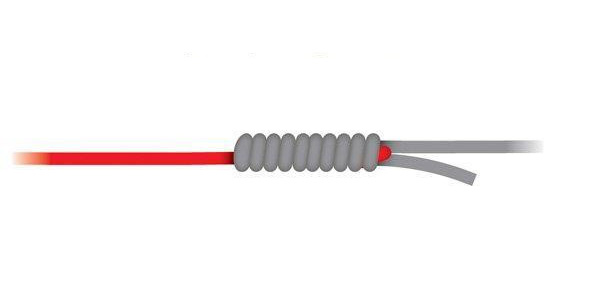
The Alberto Knot
A great braid to fluorocarbon or monofilament join knot that gives you a very tiny knot connection making it easy to cast through your guides. Very popular for spinning rods. Read how to tie the Alberto knot.
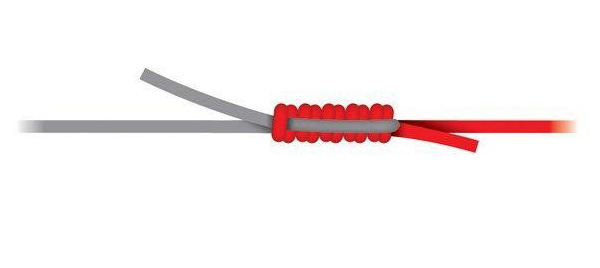
The Yucatan Knot
A great knot that is not as talked about but easy to tie and effectively strong for its ease. Read how to tie the Yucatan knot.
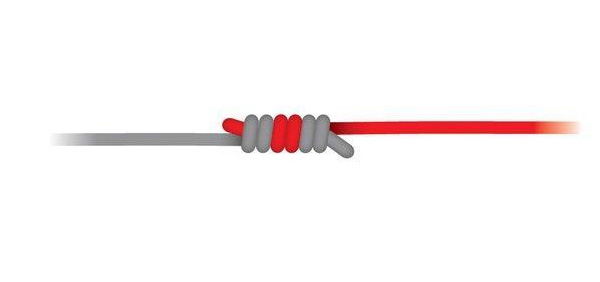
The J-Knot
A quick and easy join knot that will take a bit of practice but will join various size lines quickly once you learn it. Read how to tie the J-knot.
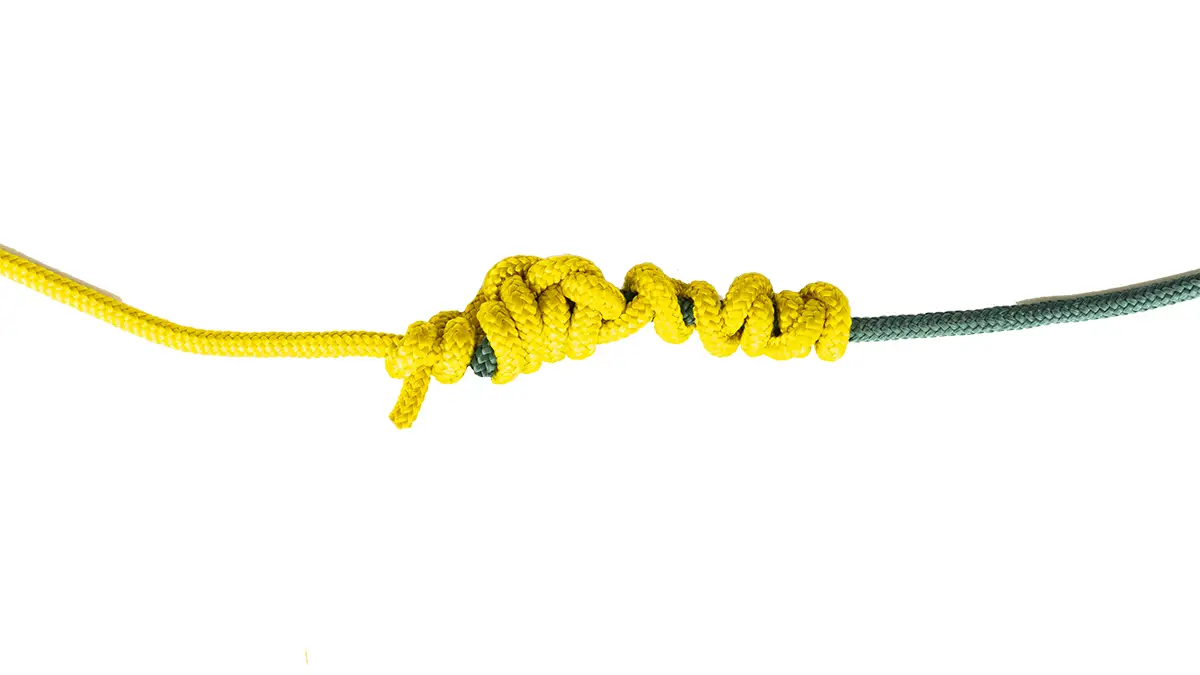
The FG Knot
This is a more recent knot for joining lines together. While this is one of the most difficult knots to tie, it offers anglers an extremely strong knot that won’t slip and is extremely small and streamlined to cast through your guides easily like when you use a fluorocarbon leader with braided line. Read how to tie the FG knot.
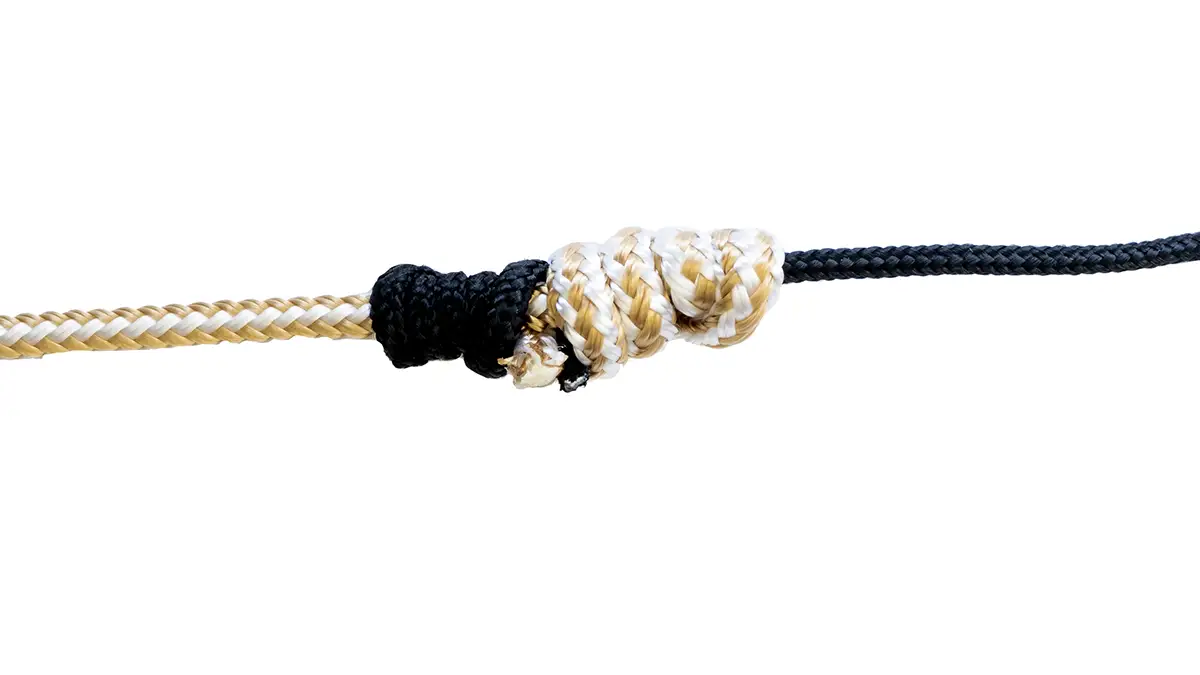
The Blood Knot
A great line to line leader joining knot. It takes a little practice but it’s a very solid knot used by all types of anglers for a variety of species large and small. Read how to tie the blood knot.
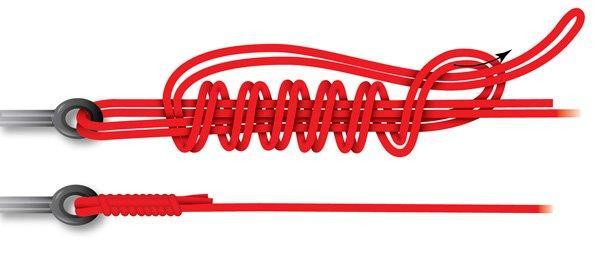
The Double Line San Diego Jam Knot
Another incredibly strong knot for bigger lines that will give you a rock solid connection to your lure or hook. Read full instructions here.
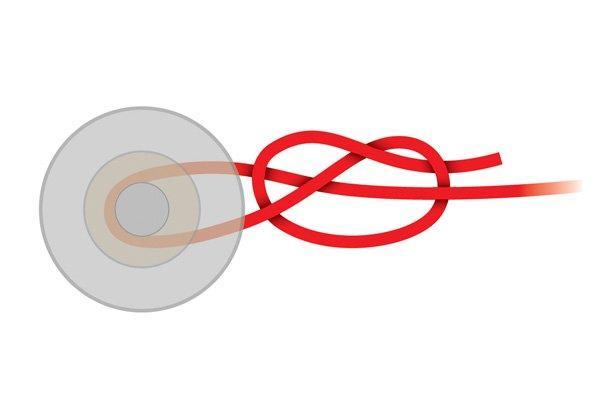
The Arbor Knot
A handy knot for tying line to a reel spool or tagging off line on a spool to keep it stored neatly without lines coming loose in your boat or tackle room. Read how to tie the arbor knot.











